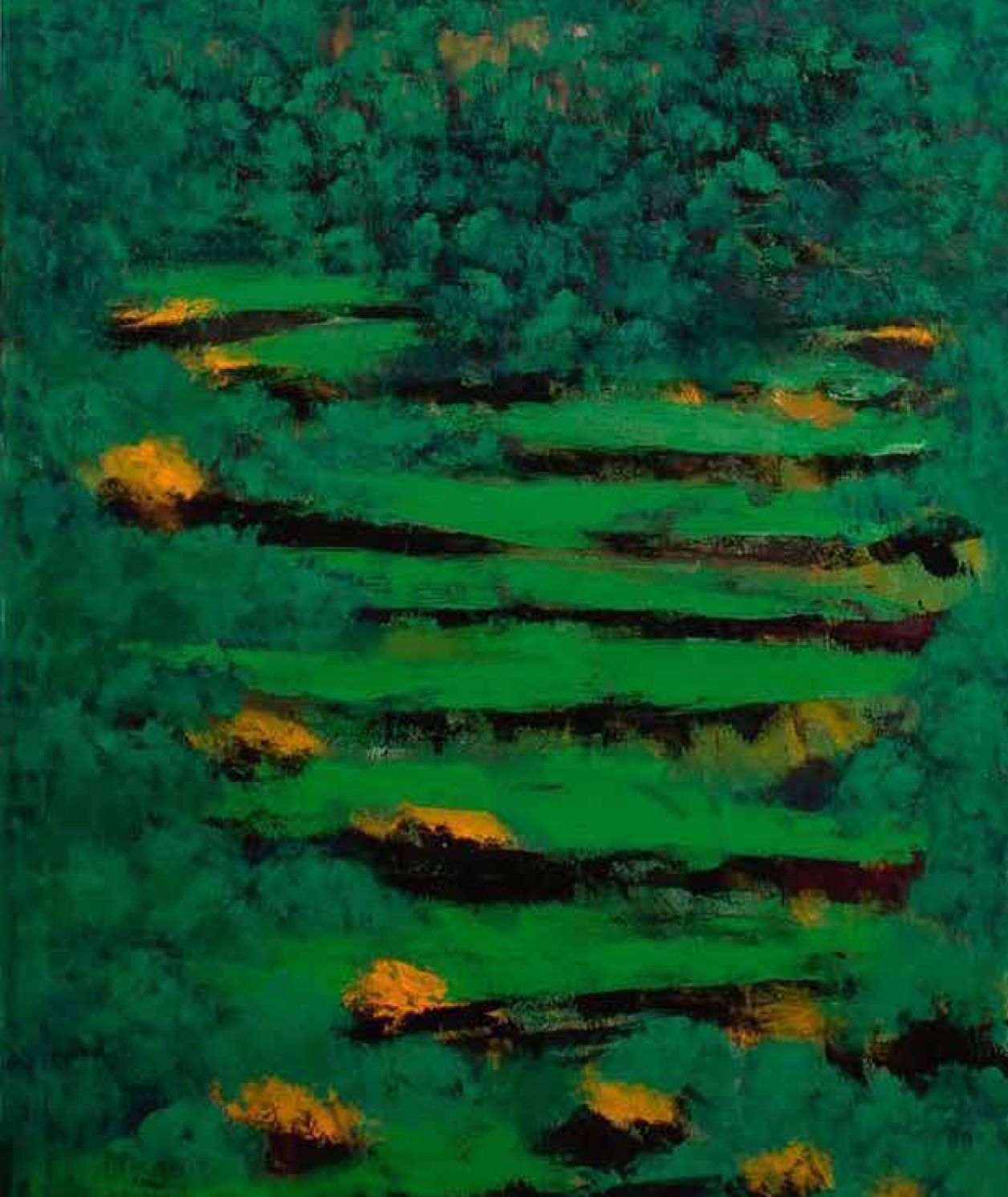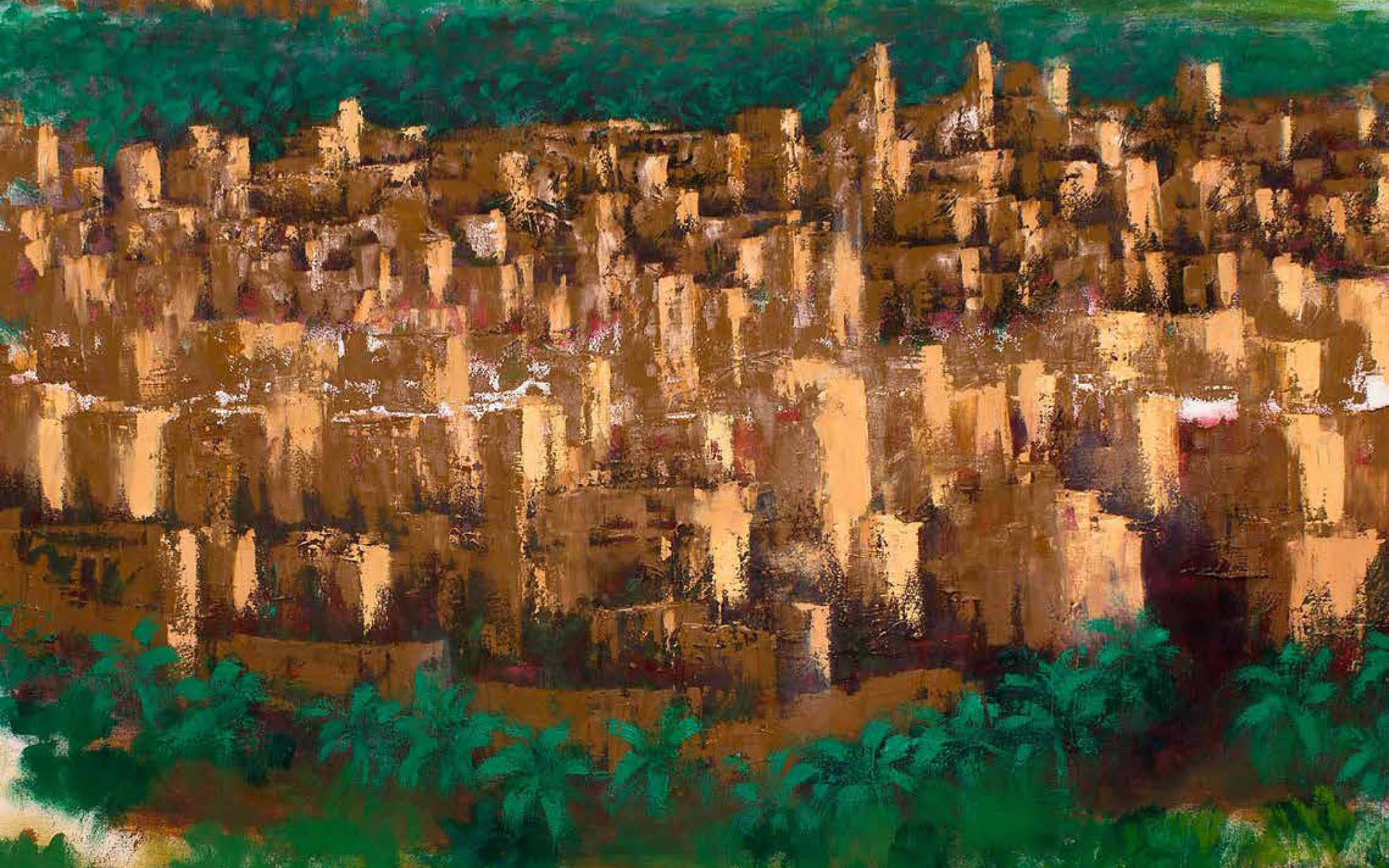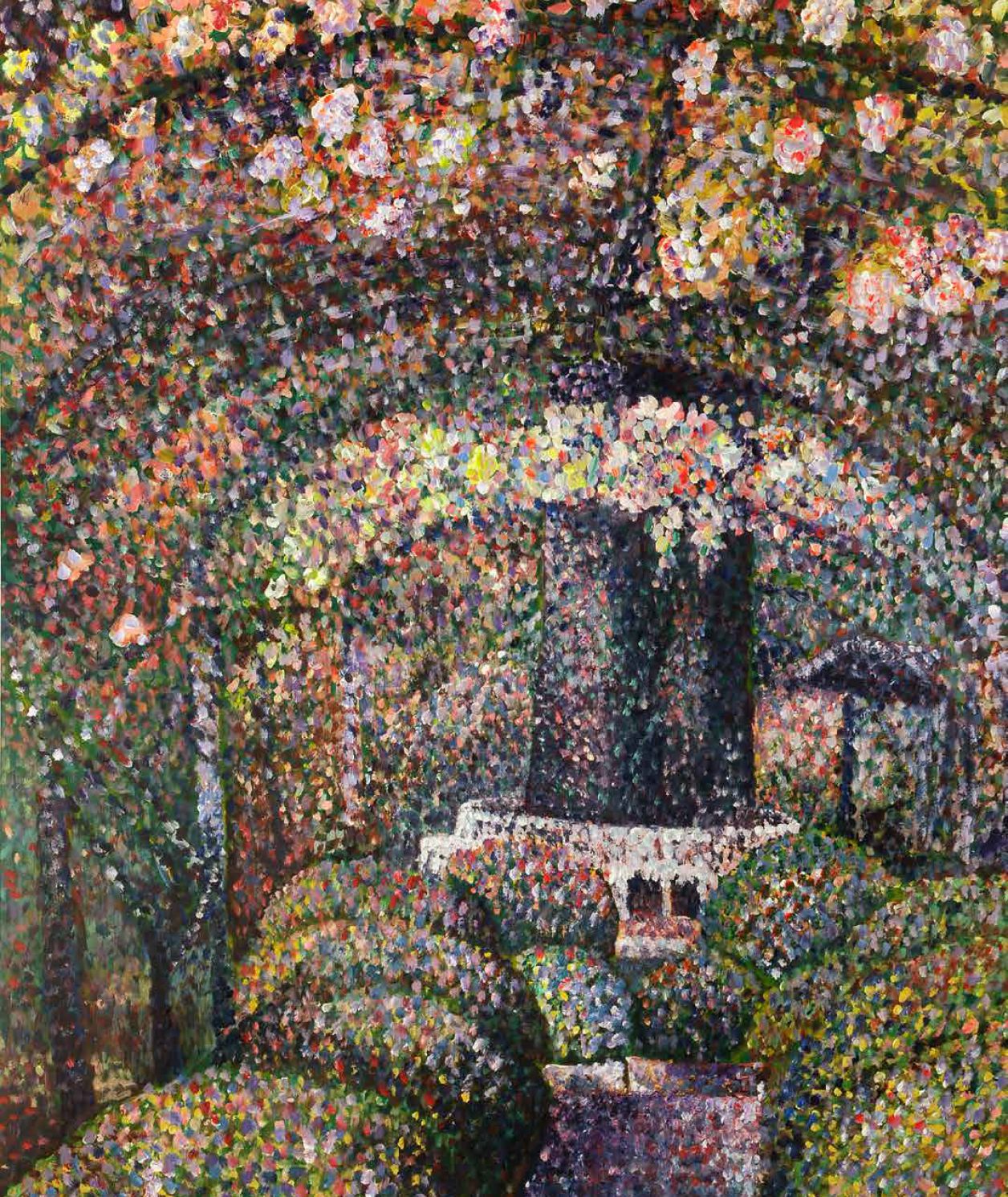La Vie en Rose Taif the City of Roses
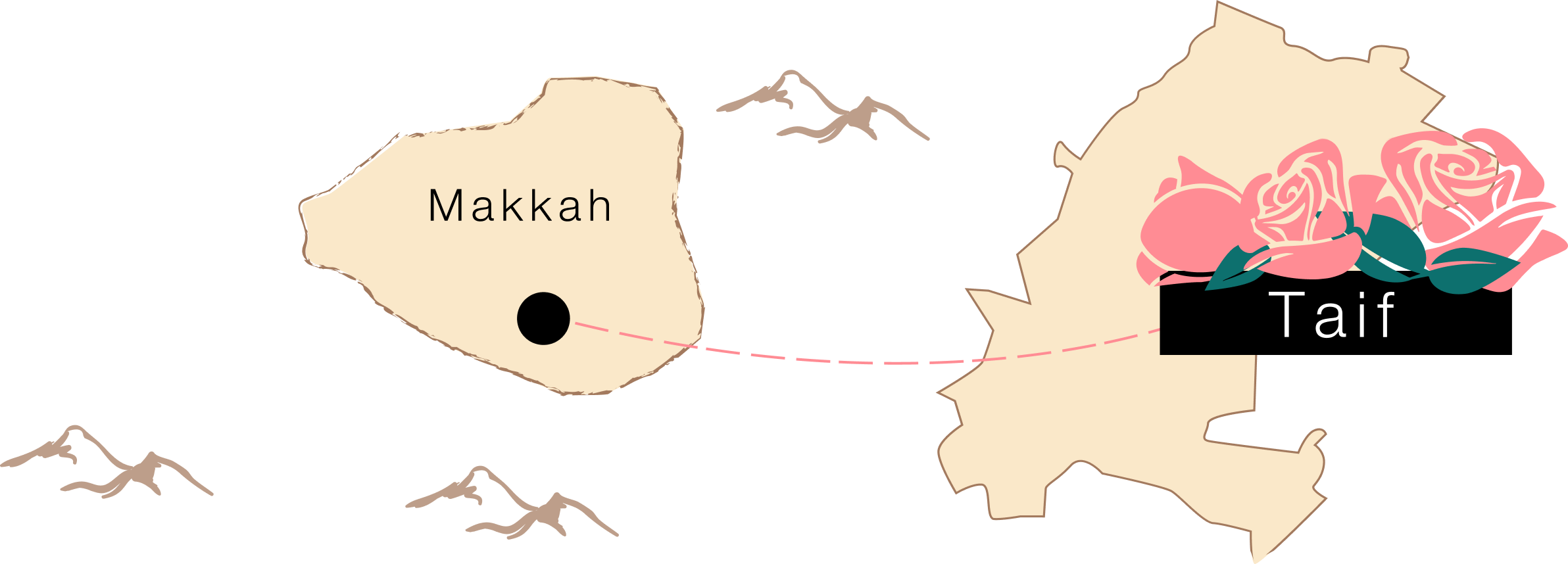
In the mountainous city of Taif, Saudi Arabia, the phrase 'La Vie en Rose' befits the charms that grow there. The expression “Life in pink” or “Life seen through happy lenses” suit the blankets of exquisite roses that cover hundreds of farms. Each spring, around April, the blossoming fields turn a rosy hue with the 30-petal wardh Taifi—the rose of Taif. Taif is a weather haven, far from the
heavy humid air and dry titanic desert sands. There in the mountains, the cool winds flow with fragrances picked up from wondrous fields of flowers and fruit orchards. Sweet produce like figs, pomegranates and grapes grow, along with honey. In the escape to Taif’s beauty, roses of every color, specifically a precious pink shade, come alive in spring.
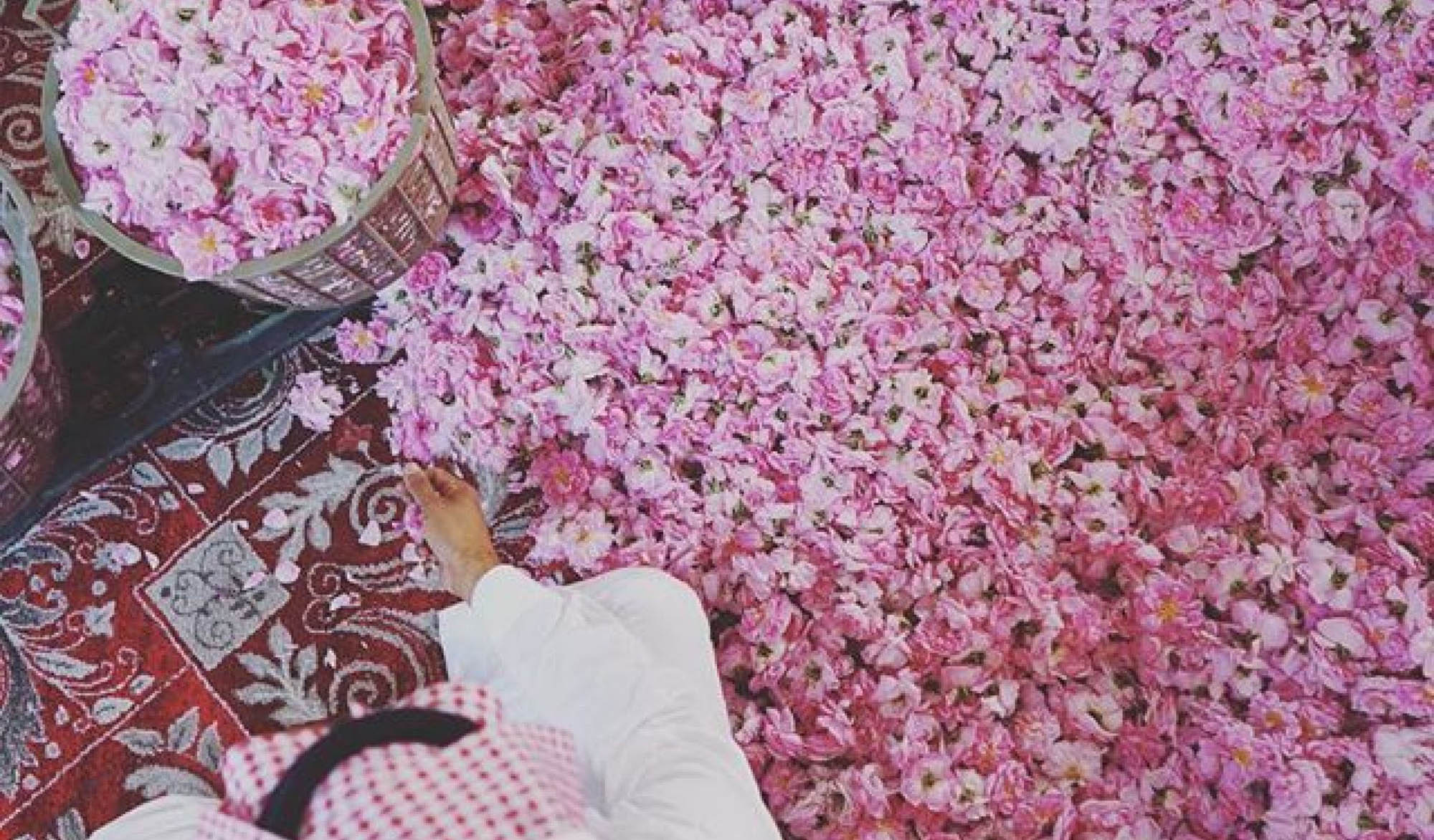
Roses in Taif.
Visitors from across the world travel to Taif to revel in the Taif Rose Festival. Held every April, the festival sets up beautiful rose gardens to walk through. The intense rose scent perfumes the air, which uplifts and relaxes the mind. Rainbows of Taif roses swirl in varying arrangements, while buckets, baskets and bouquets of roses embellish and sell lavishly.
The rose of Taif is believed to be a close relative of the Bulgarian Kazanlik rose, likely transplanted by the Ottoman Turks who conquered the area in the 16th century. The flower’s origin trails its roots to Persia, where it grows in rose plantations around Shiraz and Kashan. The Persian rose then cultivated the fields of Syria as well. Legends from growers in al-Hada, located near Taif, presume the flower had originated from India.
Countries like Morocco, Syria, India, and France, grow and harvest the Damask rose in much larger quantities than Taif, growing in thousands of farms. Still, Taif’s ‘humble’ amount of roses produces the valued rose water (used in cooking, tea and coffee) and rose oil used in ‘uttur (meaning perfume in Arabic, derived from the word ‘itr). At the brink of dawn, when the petals unfold, farmers pluck them while they are dewy and their oils are condensed. The flowers are taken to distilleries to create the pure rose water and ‘uttur.
Cousins to the Damask rose, the Taif rose bears a stronger scent. Hints of tea and soft powdery notes offer a passionate whiff favored in the Arabian world. With its rich history, Taif’s enchanting pink roses bestow a breath of fresh air in Saudi Arabia.
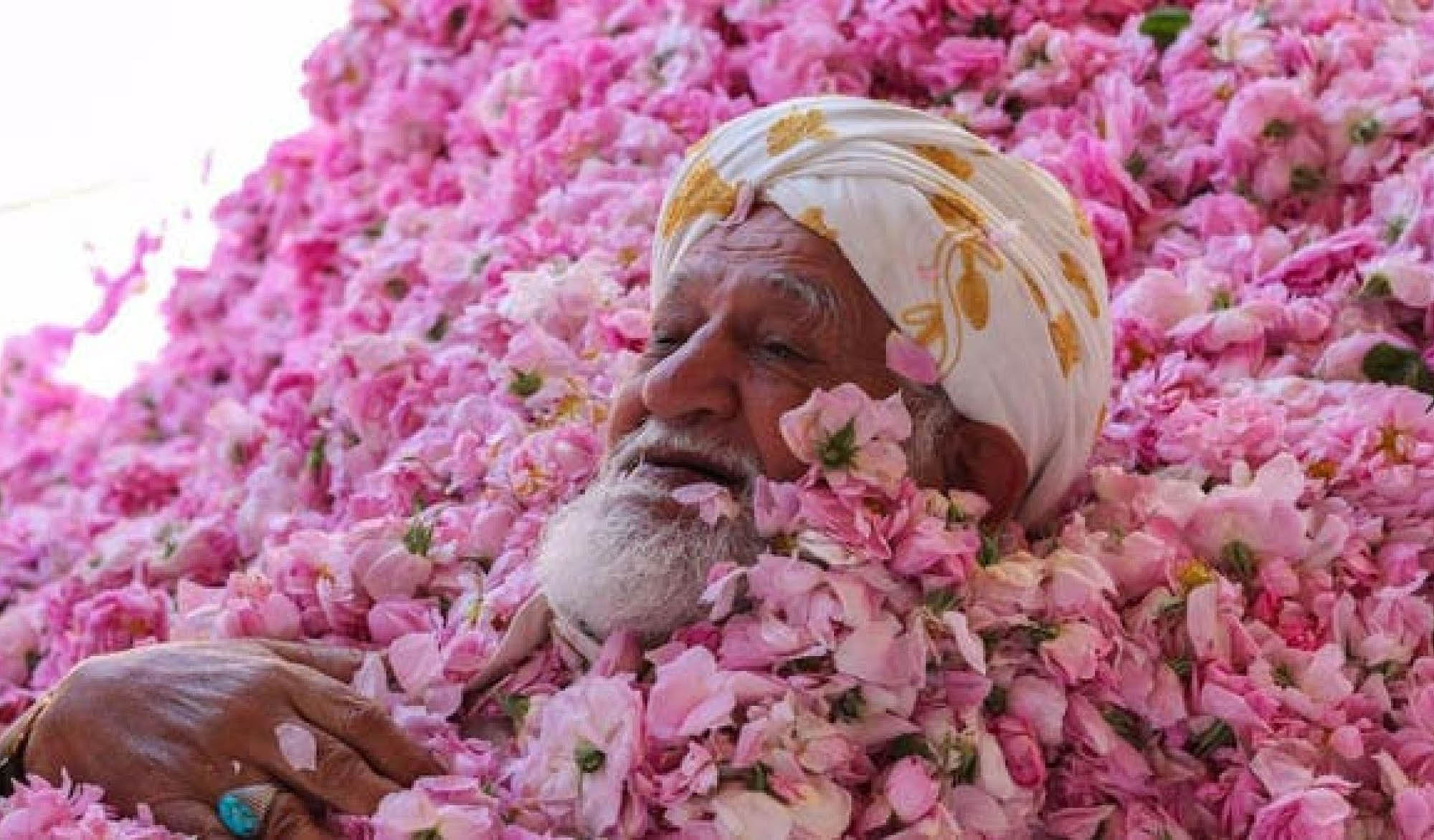
Enjoying the roses festival in Taif.
A must visit for everyone, the Taif Rose Festival is arranged with local rose farmers, offering a bloom of activities, including a display of distillations of rose water and rose oil. This is a magnificent experience to witness. Vast patches of gardens cover the festival grounds with the city’s famous rose. Colors of orange, red, yellow, purple, pink and white roses delight thousands of festival goers visiting from all over Saudi Arabia, and abroad.
With its intense fragrance, the Taif rose is sought out to create perfumes from all over the world. You can find the heavenly scent of the Taif rose in Carolina Herrera’s Oud Couture Eau de Parfum. The art deco designed bottle is enriched with Oud, and combines the Damask Rose with the Taif Rose. La Petite Robe Noire by Guerlain infuses the perfume with the Taif rose in its middle notes, while Givenchy’s Very Irresistible uses the Taif rose in its base notes.
Notes denote groups of scents which can be sensed with respect to the time after the application of a perfume. Even though the city of Taif is miles away from France, the phrase 'La Vie en Rose' can express the beauty and joy that Taif roses illuminate. A joy that must be experienced at least once in a lifetime. To learn more about the fascinating bud of the Taif rose, read The Roses of Taif by Michael R. Hayward in the Aramco World magazine.
We are reminded of the timeless line: "A rose by any other name would smell as sweet,” from William Shakespeare's play Romeo and Juliet. Juliet argues that it does not matter what are the actual names of things, for that would not affect what they really are. In the case of the Taif rose, it would remain a queen amongst roses, no matter its name and color.
